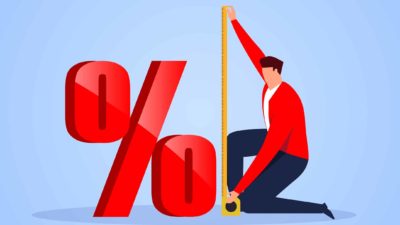The Aussie dollar hit a new 8-week high overnight against the United States dollar, climbing as high as 66.75 US cents. The last time the Australian currency traded at these levels was back in early March.
It follows the massive dollar sell-off in late March when the 'flight to safety' amid the stock market crash pushed our dollar under 57 US cents – a multi-decade low. The Aussie is seen as a 'risky' currency partly due to our economic ties to China and, hence, is often sold-off with ructions in the global economy. Thus, the recent rise reflects a growing appetite for risk against safety in global markets.
So, apart from restoring some national pride, what does this move mean for ASX shares?
What a high Aussie dollar means for ASX shares
A higher exchange rate typically means imports become cheaper while exports become more expensive. That's because it takes less Aussie dollars to buy a good or service denominated in foreign currencies with a higher exchange rate. Vice-versa for selling goods or services.
Therefore, a higher currency benefits companies importing products into Australia to sell, disadvantaging companies selling goods or services beyond our shores.
Thus, I'm looking at retailers as the biggest beneficiaries of a higher Aussie dollar. Not so much companies like Woolworths Group Ltd (ASX: WOW) and Coles Group Ltd (ASX: COL), which sell mostly Australian products as their benefit is far more muted.
No, it's companies like JB Hi-Fi Limited (ASX: JBH) and Harvey Norman Holdings Limited (ASX: HVN) who stand to benefit the most, in my view. These companies sell electronics, TVs, white goods and computers, most coming from markets like the US, Japan, and China. For JB and Harvey Norman, importing these goods will now be cheaper. This price saving could then be banked for extra profits or passed onto consumers at no cost to the company. Cheap TVs all round!
Conversely, the biggest losers from a higher Aussie dollar are exporters like mining companies. Most commodities (like iron ore or gold) are priced in US dollars, so miners like BHP Group Ltd (ASX: BHP) or Newcrest Mining Limited (ASX: NCM) receive US dollars. These are then domiciled back into Aussie dollars and with a higher exchange rate, they'll get less Aussie dollars back for each US dollar received.
Foolish takeaway
Currencies change all the time and have cycles of their own. Therefore, the Aussie dollar isn't something you should lose too much sleep over, in my view. Nonetheless, its always good to know exactly what's happening in the economy and your ASX share portfolio, of which exchange rates play a meaningful part.








